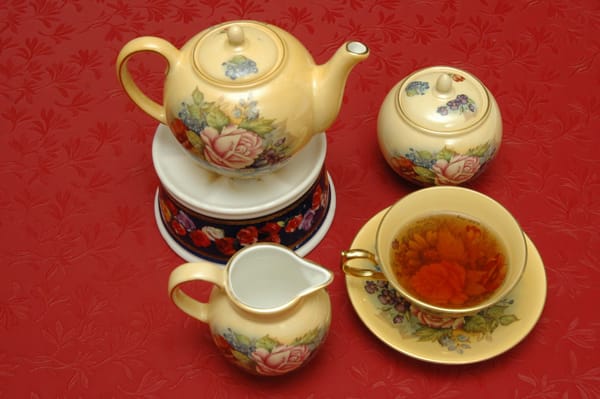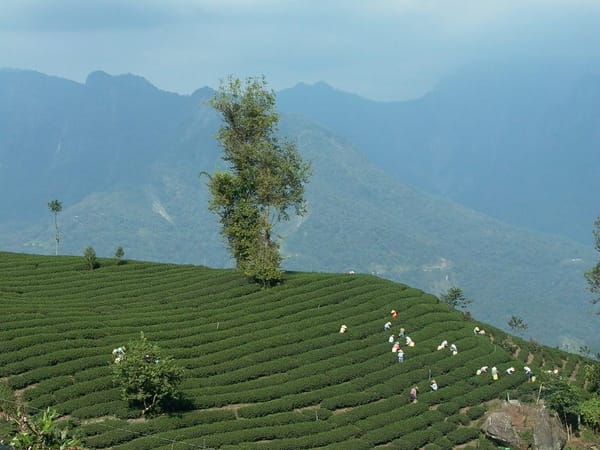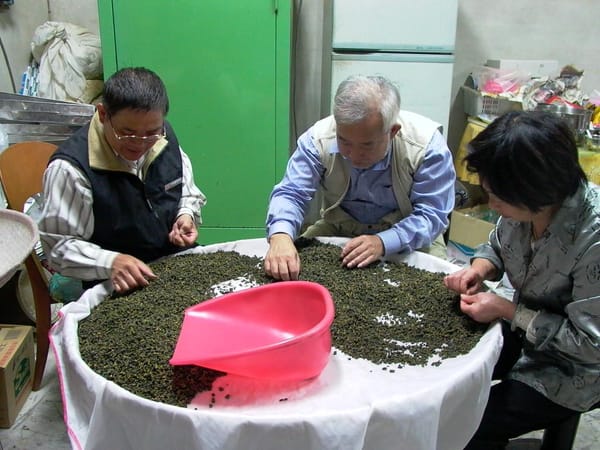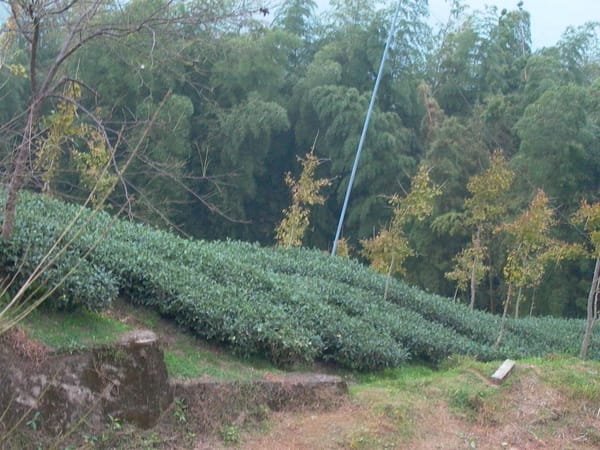Have you ever hesitated in front of a tea shop, overwhelmed by grade labels and unsure what to choose? Or perhaps you've bought premium tea, only to find the taste disappointing due to improper brewing? Becoming a tea connoisseur is not an overnight achievement—it’s a path of systematic learning and ongoing practice.
Tea grading is more than a commercial system; it's the distilled wisdom of tea culture. Once we learn to decipher complex terms like FOP, BOP, and SFTGFOP, and understand how each grade requires specific brewing techniques, we can bring out the full character of every leaf. This journey enhances not just technical skill, but also our respect and understanding of tea as a cultural art.
This advanced guide walks you through the complete journey from novice to expert—from understanding basic tea grades to mastering sensory evaluation and brewing precision. Step by step, you'll refine your skills and elevate your appreciation of tea.
Beginner Level: Building a Foundation in Tea Quality Recognition
The first step into the tea world is cultivating a correct understanding of quality. Many beginners are intimidated by the grading system, but tea grades follow a clear logic. The international grading system is based on three core factors: plucking standard, leaf wholeness, and processing method.
Plucking standards determine baseline quality. Top-grade teas are made from the tender "one bud and two leaves," which contain abundant polyphenols and aromatic compounds. As the plucking extends downward, freshness and fragrance decrease—but unique flavor profiles may still emerge.
Leaf wholeness reflects craftsmanship. Whole-leaf teas like FOP preserve the original shape, releasing flavor slowly with layered complexity. Broken-leaf teas like BOP offer convenience and briskness, while CTC teas aim for fast, bold brews.
For beginners, try mid-grade teas like BOP (Broken Orange Pekoe) or FBOP (Flowery Broken Orange Pekoe). These offer stable quality, moderate pricing, and ease of brewing—perfect for building your flavor memory.
Intermediate Level: Understanding Grades Through Sensory Evaluation
Once you're familiar with the basics, move into deeper evaluation. Whole-leaf grades, such as SFTGFOP (Super Fine Tippy Golden Flowery Orange Pekoe), represent the pinnacle. They require refined techniques to fully express their golden buds' potential.
At this stage, focus on sensory training. Compare leaves visually—note bud quantity, intactness, and color tone. Train your nose to detect subtle fragrance differences among regions and grades.
Learn wet leaf evaluation (also known as infused leaf assessment). High-quality tea shows soft, bright leaves with visible veins and uniform hue. This reveals freshness, processing skill, and even storage conditions.
Keep a tasting log. Record tea grade, brewing parameters, flavor notes, and your personal rating. This helps develop memory, refine preferences, and guide future purchases.
Expert Level: Mastering the Art of Precision Brewing
At the expert level, precision becomes everything. Each grade demands tailored brewing parameters—much like tuning musical instruments.
Temperature control is key. Top-grade whole-leaf teas (FTGFOP and above) need 80–85°C water to extract essence gently. Mid-level broken teas (BOP series) do well at 85–90°C. CTC teas can withstand 90–95°C for bold, quick brews.
Infusion timing should be staged. The first steep is short—used to awaken the tea. The second and third are the essence and require precise timing. Later steeps can be longer to extract deeper layers. Adjust based on tea grade, taste preference, and purpose.
Tea-to-water ratio also matters. Generally, whole-leaf teas use 1:50–60, broken-leaf 1:40–50, and CTC 1:30–40. But always fine-tune based on quality and taste.
Cultural Mastery: From Technique to Tea Philosophy
True mastery blends skill with culture. Terroir awareness is key—climate, soil, and altitude shape each region’s profile. Ceylon highland teas are floral, Assam bold, Darjeeling aromatic. Each reflects its origin’s signature.
Seasonal differences matter too. Spring, summer, and autumn teas—even from the same garden—vary in character. Experts recognize these nuances and adapt brewing accordingly.
Teaware pairing enhances the experience. Yixing clay pots breathe well and suit repeated brews; porcelain gaiwans showcase liquor clarity; glassware reveals leaf unfurling. Choose based on tea type and purpose.
Applied Practice: Building Your Personal Tea System
Turning knowledge into practice marks your evolution from learner to expert. Start by establishing your personal tea standards—develop criteria like leaf appearance, aroma layers, liquor clarity, and flavor balance.
Inventory management reflects professionalism. Stock different grades and regions to suit both everyday and ceremonial drinking. Reserve top-tier teas for special tastings; mid-grades for daily sips; CTC for busy routines.
Sharing and community enrich the journey. Join tea circles, attend cultural events, and share insights. A true expert not only sharpens their own craft but helps spread the art of tea.
The journey from novice to master is a spiral of study, practice, reflection, and growth. Each phase offers unique lessons. With humility and passion, you'll reach a point where brewing becomes instinctive, evaluation intuitive, and every cup a meaningful encounter. Tea, like life, rewards those who slow down, savor, and reflect.





